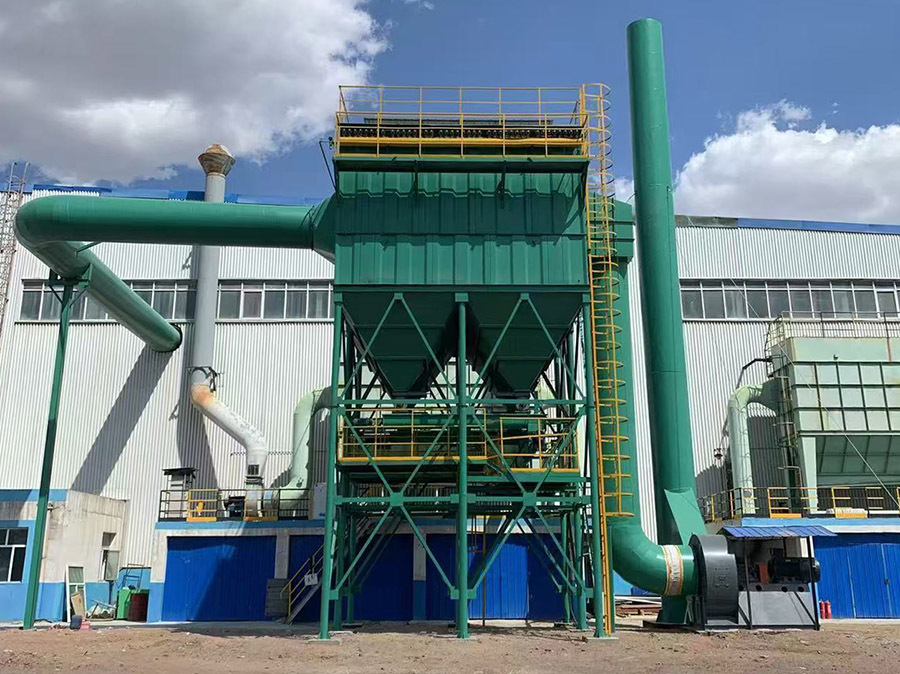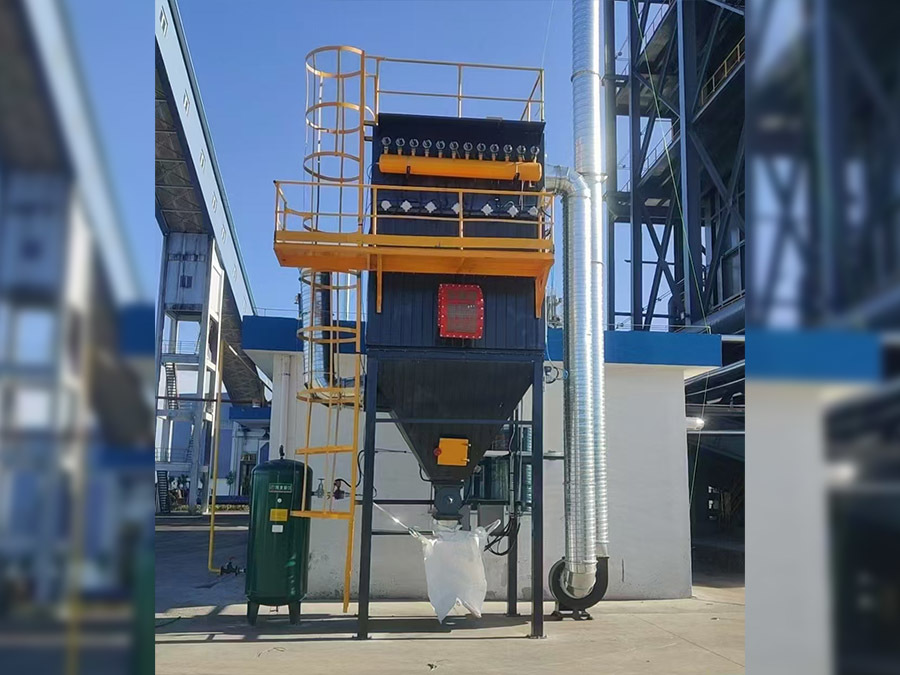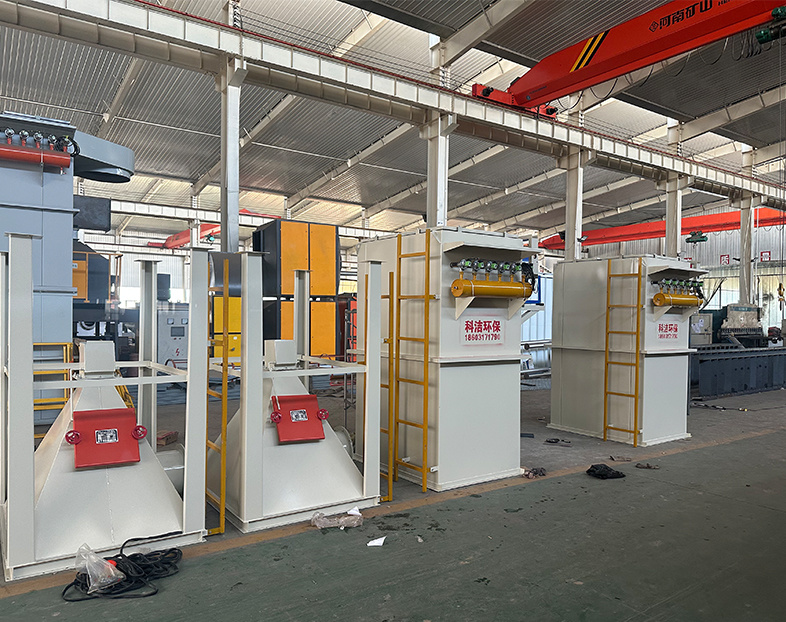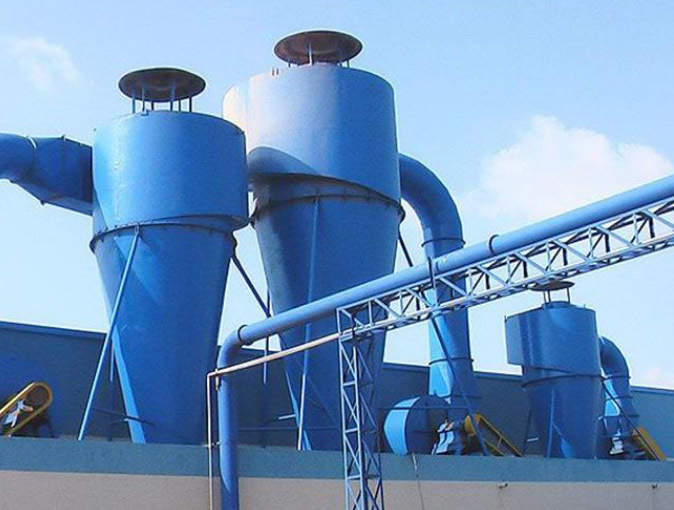
Desulfurization and denitrification equipment
Need to find the right solution, please contact our technicians, Contact us!
- Product Description
-
Introduction
The desulfurization dust collector is the flue gas to be treated collides with the desulfurization liquid flowing down the upper end through the wind energy collection cavitation chamber, and the gas-liquid two-phase collision rotary cut and crush each other to form a layer of cavitation liquid with mass transfer in the form of micro bubbles. The cavitation liquid layer is gradually thickened with the trapped impurities. Part of the flue gas breaks through the buoyancy falling to the bottom of the tower after purification of the flue gas rises from the bacon.
1. The desulfurization rate is as high as 95%, and the outlet concentration of soot is less than 50mg/Nm '.
2. There is no nozzle, and there are no problems such as blockage and scaling.
3. The liquid-gas ratio is low, only about 20% of that of empty tower spraying.
4. The failure rate is extremely low. As long as the induced draft fan and liquid supply pump are normal, the device can run stably, and the operation is very simple.
5. The wind pressure consumption is only 1200-1500Pa.
6. After treatment, the flue gas does not contain mist water droplets.
7. Low operating costs and investment.
8. Limestone slurry, lime slurry, lye liquid, lye liquid wastewater, etc. can be used as desulfurization agents.
9. It has particularly obvious advantages for high-concentration flue gas that is generally difficult to treat up to standard. Can the content of SO be higher than 10000mg/Nm3 The flue gas is purified below 100mg/Nm3.
SCR denitrification technology
SCR (Selective Catalytic Reduction) denitrification technology means that in the presence of catalysts and oxygen, in the temperature range of 320 °C to 427 °C, the reducing agent (anhydrous ammonia, ammonia or urea) selectively reacts with NOx in the flue gas React to generate harmless nitrogen and water, thereby removing NOx in the flue gas. Selectivity means that the reducing agent NH3 reacts with NOx in the flue gas without reacting with oxygen in the flue gas. In the process of SCR denitrification, NOx can be converted into nitrogen (N2) and water (H20) contained in the air by adding ammonia. The main chemical reactions are as follows:
4NO+ 4NH3 +02-4N2 +6H20 (5-1)
6NO +4NH3→5N2 +6H20 (5-2)
6NO2+8NH3→7N2 +12H20 (5-3)
2NO2+4NH3+02→3N2+6H20 (5-4)
In the absence of a catalyst, the above-mentioned chemical reactions can only be carried out in a very narrow temperature range (850-1100 ℃). After using a catalyst, the activation energy of the reaction can be carried out at a lower temperature (300-400 °). Selectivity means that under the condition of catalyst and oxygen, NH3 preferentially reacts with NOx, but does not react with oxygen in the flue gas. In a selective catalytic reduction system, it is generally composed of an ammonia storage system, an ammonia and air mixing system, an ammonia injection system, a reactor system, and a monitoring and control system. For thermal power plants, the SCR reactor is generally installed in the boiler economizer Between the air preheater, because the flue gas temperature in this area is just suitable for the SCR denitrification reduction reaction, ammonia is sprayed at an appropriate position in the flue duct between the economizer and the SCR reactor, so that it can be mixed with the flue gas and reacted with NOx in the reactor. The catalyst is housed in a tank like a solid reactor. Catalyst units are typically arranged vertically, with flue gas flowing from top to bottom.
SNCR denitrification technology
1. SNCR denitrification technology is to inject reducing agents such as NH3 and urea into the boiler for selective reaction with NOx, without catalyst, so reducing agents must be added in the high temperature zone. The reducing agent is injected into the furnace temperature range of 850 ~ 1100 ℃ C, and rapidly decomposes into NH3, and reacts with NOx in the flue gas to form N2 and water. The furnace is used as the reactor for this technology. The denitrification efficiency of SNCR flue gas denitrification technology is generally 30% ~ 80%, which is greatly affected by the boiler structure size. With SNCR technology, the current trend is to replace ammonia with urea as a reducing agent.
2. System composition
SNCR system flue gas denitrification process is completed by the following four basic processes: receiving and storing reducing agent; Injecting dilute reducing agent in the boiler position:, metering output of reducing agent, mixing with water for dilution; Reducing agent is mixed with flue gas for denitrification reaction.
3. Technical features
Mature and reliable technology, high effective utilization rate of reducing agent, stable system operation, modular equipment, small land occupation, no by-products, no secondary pollution
SNCR + SCR Combined Denitrification Technology
Under the action of temperature and catalyst, SCR process selectively removes NOx in the flue gas to generate N2. The denitrification efficiency of this process is 80% ~ 90%. The denitrification effect is high, but the operating cost is high. SNCR process uses the furnace as a reactor. Reaction of reducing agent with NOx at a suitable temperature to complete the out-of-stock process. This process has low investment, but its efficiency is not as good as SCR process. The SNCR-SCR combined process combines the technical advantages of SNCR and SCR, develops strengths and avoids weaknesses. On the basis of SNCR, combined with SCR, it can achieve a denitrification efficiency of more than 90%, and the operating cost can save investment.
SNCR-SCR Denitrification Performance Guarantee
Denitrification efficiency: ≥ 90%
NH3 escape rate: < 3ppm br = "" > flue gas resistance value: ≈ 220pa
Principle of SNCR-SCR Denitrification Technology
CO(NH2)2+2NO=2N2+CO2+2H20
CO(NH2)2+H20=2NH2+CO2
NO+NO2+2NH3=2N2+3H20
4NO+4NH3+02=4H2+6H20
2NO2+4NH3+O2=3H2+6H2
Desulfurization and denitrification equipment
Need to find the right solution, please contact our technicians, Contact us!
Classification
Product inquiry
NOTE: Please leave your email, our professional person will contact you asap!





